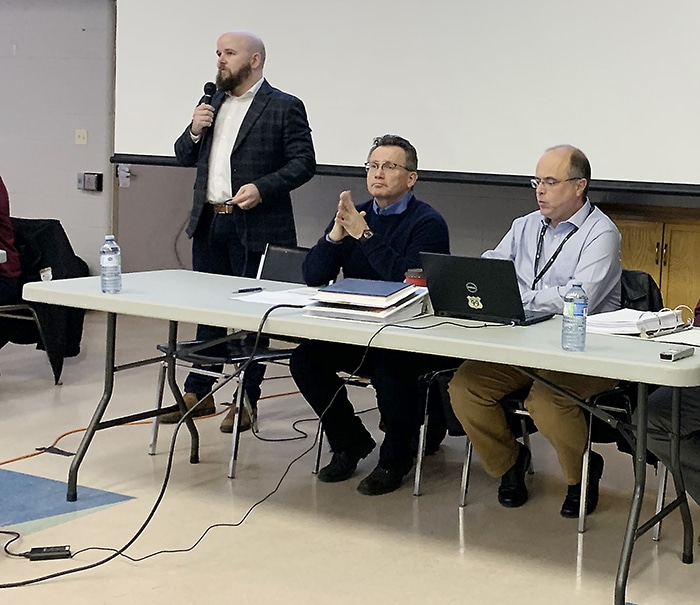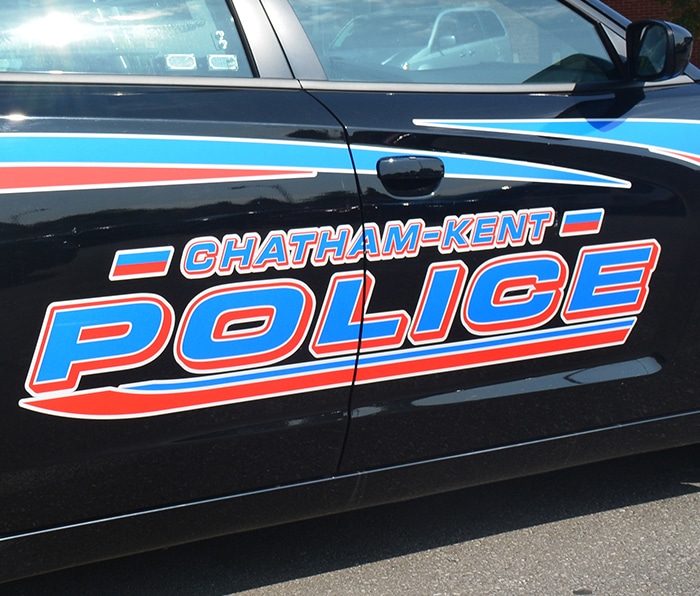
As council gets down to the business of finalizing this year’s municipal budget this week, it received feedback from the public at five draft budget presentations around the municipality recently.
The fifth and final one took place at the Active Lifestyle Centre in Chatham on Jan. 23, with about 40 citizens present.
Residents learned the draft budget contains a 4.99-per-cent proposed tax increase.
Municipal officials said the increase is made up of a combination of infrastructure funding, provincial downloading, cost of living, and disaster mitigation needs.
If council cuts nothing out of the budget this week, that would translate to a tax increase of about $144 on the typical average home in C-K, valued at $171,000.
Administration and councillors present at the ALC meeting received only a few questions from residents in attendance. One addressed the proposed increase in municipal staff, four of which would factor in the tax hike.
Don Shropshire, CAO for the municipality, said most positions proposed are to deal with big-ticket projects.
“We have about $13 million in capital projects coming up. We need people to manage those projects,” he said. “It’s cost avoidance; if we don’t hire, we’d have to look at contracting them out.”
Louis Roesch of the Kent Federation of Agriculture suggested the municipality’s proposed hiring of a drainage assistant be done with the latest in bridge technology in mind. He said utilizing composite materials and structuring could save the municipality millions, and suggested the person hired be versed in that area.
Brock McGregor, chair of the municipal budget committee, said the input from the public sessions is valuable.
“We do appreciate the public feedback on some of the ways they see opportunities for cost savings,” he said. “It’s something we look at every year. Whether we start at two per cent or five per cent, that responsibility to find a better way to do things does not change.”
Each year, the budget process is a balancing act.
“You see a wide variety of opinions on what investment and affordability means. Some people who use infrastructure daily or for their business, that’s what’s most important to them,” he said, as farmers who rely on nearby bridges consider bridge and road infrastructure crucial. “For others, really the cost side is what they’re concerned about. The challenge is always finding the balance between those two things.”
McGregor said flood mitigation spending has been a topic of discussion at several of the public meetings. The municipality has to invest more than $500,000 in it in order to receive senior levels of government funding, he said.
“It’s a huge one, especially with what’s been going on in January. Sometimes, to access senior levels of government funding programs, you have to spend municipal dollars,” he said. “We see that as another pressure on this budget this year, but it makes sense to put money aside when you are going to be able to access the provincial and federal money.”
One area the public has not seen so far is the police section of the budget. Last year, that section topped $32 million.
McGregor said handling the police budget is unique for council.
“Police are a separate arm of the municipality. Council isn’t able to review the budget and remove several items in the same way we are with fire and emergency services and other municipal departments,” he explained. “We basically have the options of accepting it or not accepting it. They can alter their budget again and resubmit. That’s the way the Policing Act works.”
He anticipated seeing the police budget Wednesday evening.





